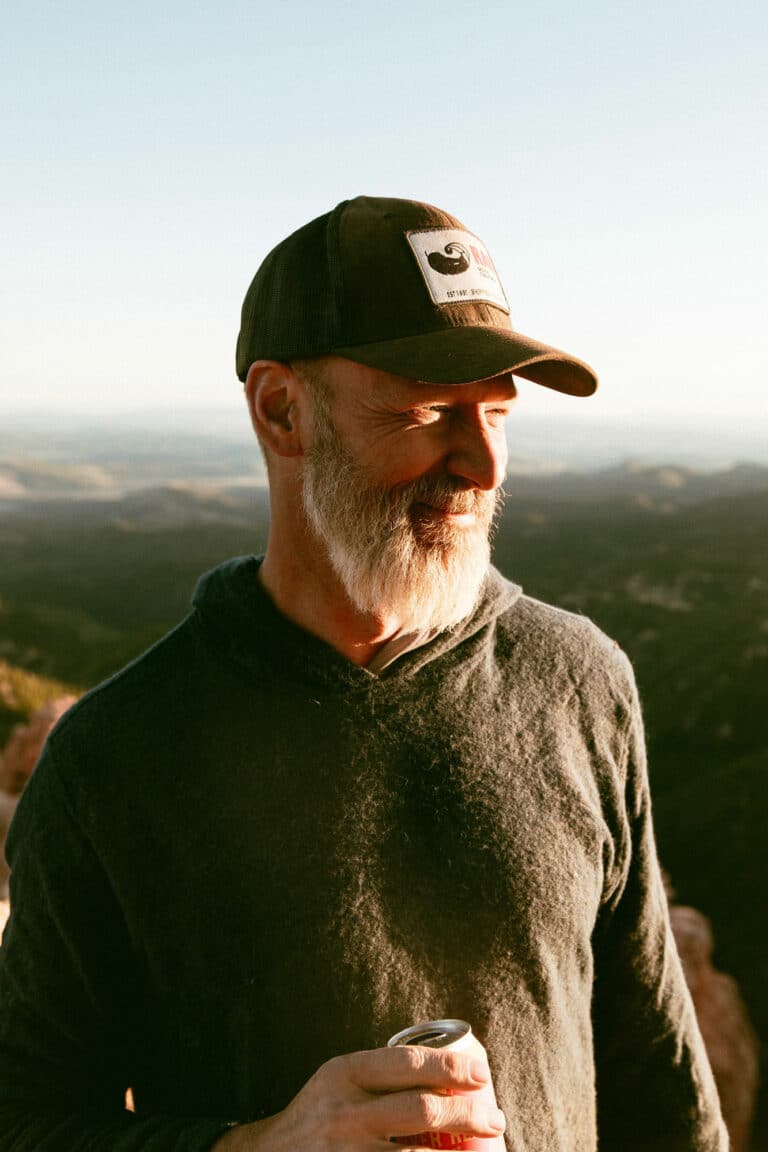
74% say no
Coal is inherently dirty. The question should really be: can we clean up after coal enough to justify its continued use as our dominant source of energy? Then, we need to also ask, how much will it cost, and will that exceed the cost of making the transition to truly clean sources of energy such as wind and solar?
There are four fundamental challenges of “sequestering” the carbon dioxide from coal combustion: 1) Doing it on an industrial level (it’s been demonstrated in the lab, but never in a large-scale operation such as a power plant), 2) finding places to put it (in a liquid form) into the earth, and getting it there, 3) assuring that there won’t be an escape of large quantities of carbon dioxide, which would negate the benefit of the whole project and potentially be deadly to humans and wildlife, and 4) paying for it.
—Mark McClain, Salem, Va.
As Brian Williams of NBC Nightly News stated, “You may have heard the phrase ‘clean coal’ during the presidential campaigns, but it’s actually an oxymoron.” Coal pollution is responsible for 24,000 deaths a year, and the mercury produced by coal-fired power plants causes birth defects in 630,000 infants annually. Meanwhile, wind and solar energy have already proven to be effective and would create four times as many jobs as a “clean” coal plant would.
—Elisha Courts, via e-mail
Clean coal would only be possible if we were able to stop blowing up mountains to extract it and dumping the waste into surrounding valleys. We’d also have to eliminate the danger of coal ash spills and to somehow capture and sequester all emissions. Large-scale carbon sequestration is extremely expensive and perhaps impossible. If a large amount of sequestered carbon dioxide ever escaped all at once, it would kill everything that breathed oxygen for miles around.
—Dr. Diana Christopulos, Roanoke, Va.
Yes, of course, it’s possible, as long as the coal is left in the ground where it belongs.
—Molly Brunner, Blacksburg, Va.
Simply removing the carbon emissions from burning coal doesn’t address the entirety of the problem associated with coal-fired power. Just a few months ago, the largest industrial spill in our nation’s history (100 times larger than the Exxon Valdez oil spill) occurred as a direct result of our reliance on dirty, outdated coal. And yet, the coal industry wants to build more power plants. The TVA coal ash spill was not a natural disaster. It was a man-made environmental catastrophe. Carbon capture and storage won’t prevent this in the future, and it won’t alleviate the destruction to our region’s mountaintops where coal is mined. We must stop perpetuating the myth that coal is “clean” and begin taking advantage of renewable energy sources that really are clean.
—Meegan Kelly, via e-mail
26% say yes
Clean coal is not only possible, it is a reality. To prove it one only needs to look to the emissions profile of America’s coal-based generating fleet. Since the 1970s, regulated emissions have decreased more than 70 percent even though coal usage has tripled. This is largely due to more than $50 billion invested by the coal-based electricity industry.
But there is still work to be done. The coal-based electricity industry is committed to the development and deployment of advanced technologies that effectively capture, transport, and safely store carbon dioxide. Currently, more than 80 projects representing all facets of carbon capture and storage are underway in the United States and abroad, proving the industry is moving aggressively towards bringing advanced clean coal technologies to the marketplace.
Advanced clean coal projects, including FutureGen, will help pave the way to a near-zero emissions coal-based power plant. Additionally, by investing in energy infrastructure projects like advanced clean coal projects, we can create jobs, promote domestic energy security, ensure access to affordable and reliable electricity, and promote continued progress in reducing emissions and protecting the environment.
—Leah Arnold, Communications Director of the South Region, American Coalition for Clean Coal Electricity, Alexandria, Va.







